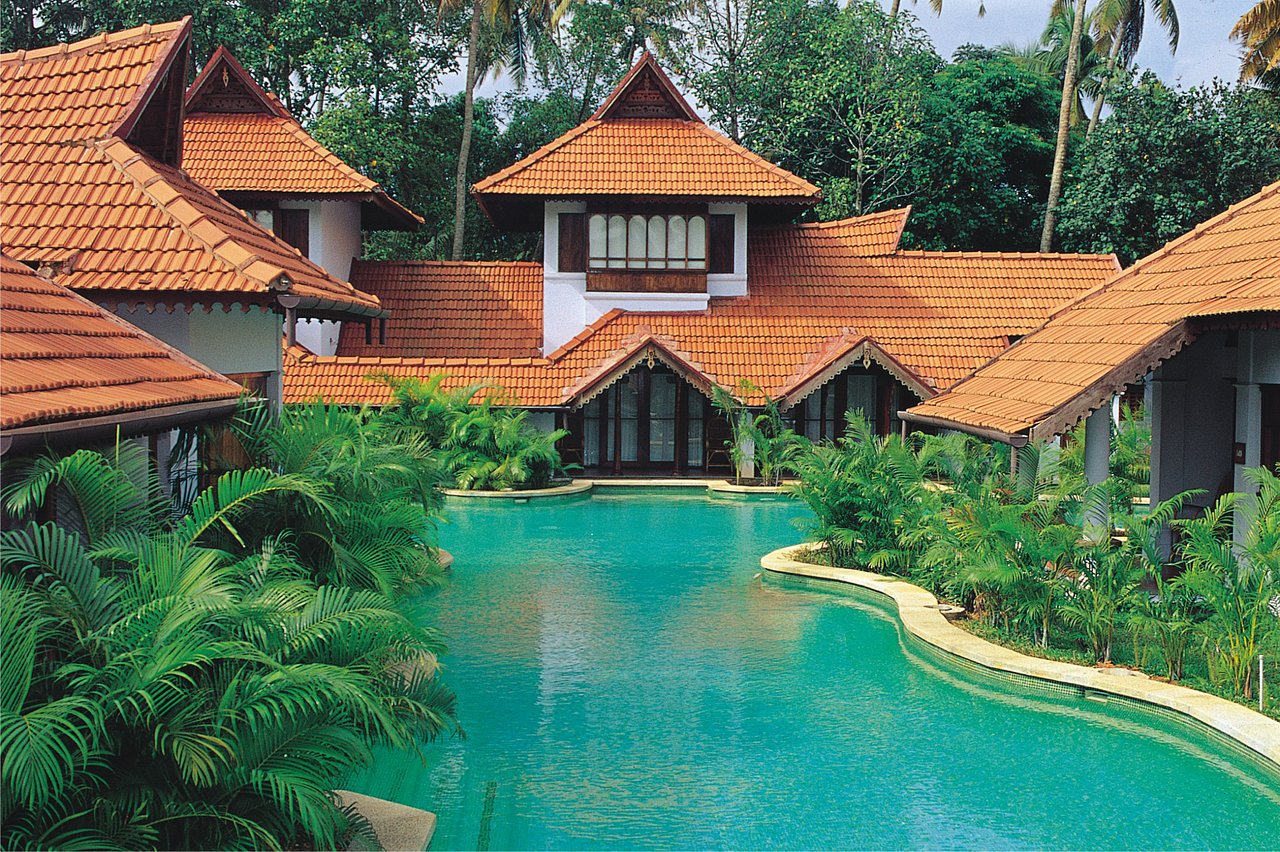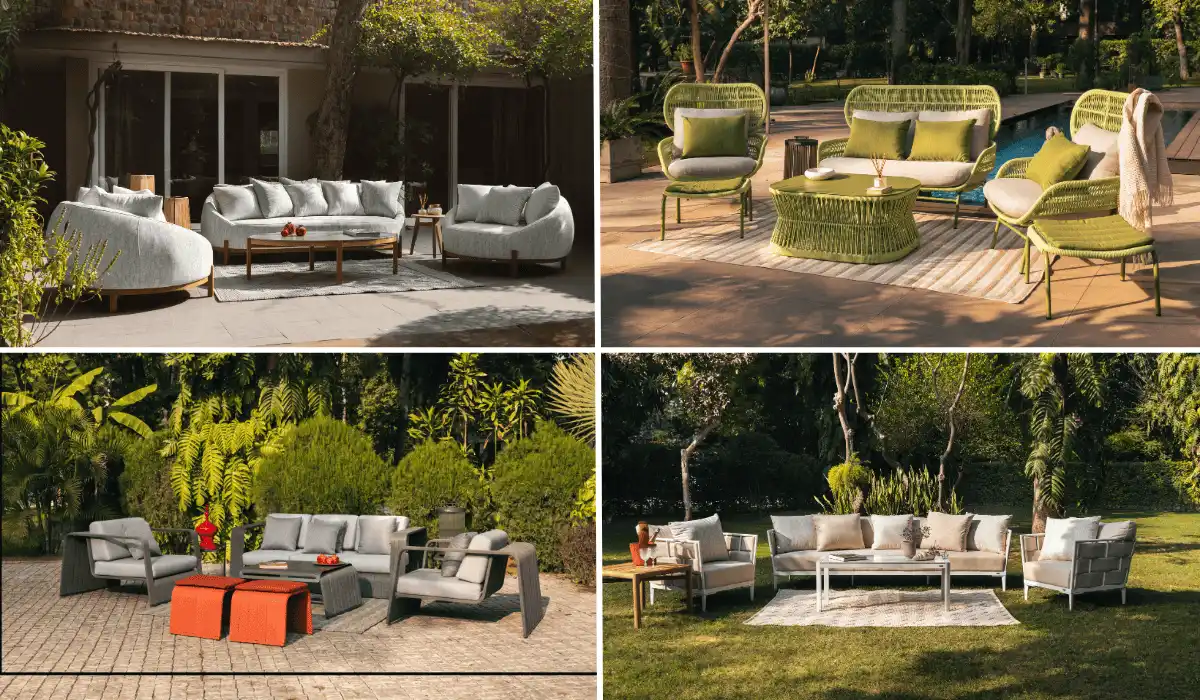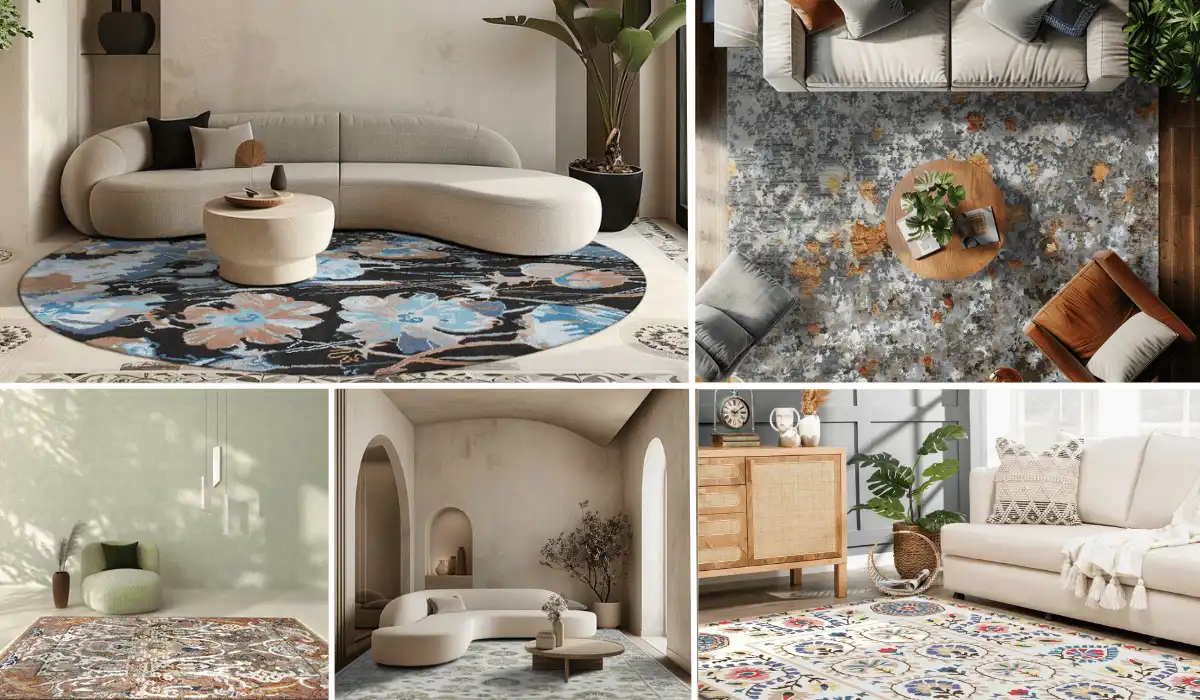Resorts are India’s solution to exotic vacation needs. India’s urban lifestyle is centred around a regimented work culture. The overwhelming pressures of managing long travel hours, peer stress, and corporate office environments leave little scope for recreation. Hence, the urge to achieve a work-life balance is like walking on a tight rope. To have the desired balance, people tend to plan exotic vacations to blow off their steam. Also, the Indian population has an inherent desire for luxurious travel. As far as Indian history can be traced, the rulers that reigned and the merchants that traded have spent largely on art and travel. The pre-millennial population seems to have inherited this trait from their tourism splurging ancestors.
A survey conducted by Statista suggested that in 2021, India’s estimated expenditure on travel is 65 billion U.S. dollars. An interesting matter of fact is that while Indians like to holiday at foreign locations, the domestic tourism of the country has also substantially increased. In 2020 alone, 610 million tourist visits were made across India, irrespective of the COVID-19 pandemic outbreak. Such likeability for travel coupled with an inclination for opulence spurred the need for luxurious tourist accommodations. Owing to this, the tourism industry has flourished graciously over the past decade. The construction of luxury hotels and resorts in the country has seen an upward trend.
What Makes Resorts Popular?
While five-star and above-rated hotels appear to be an obvious answer to spending luxury vacations, the concept of resorts is gaining much popularity. A resort brings together the idea of recreation and accommodation under one roof by providing world-class amenities and state-of-the-art infrastructure. It is usually spread across a vast piece of land while providing lodging and recreation activities such as games, swimming, cycling, and more. After the onset of the COVID-19 pandemic, the idea of “work-cation” has also become popular. Work-cations is a hybrid millennial term for people who can and do prefer to work while vacationing. Weekend getaways are another promising travel section for Indians. The suburban towns surrounding cities with plenty of scenic views to offer are progressing with resort construction projects.

Art Village, Karjat
The Art Village in Karjat near Mumbai is a good example of resort architecture. Many artists and design enthusiasts visit the “village” as a means to explore their creative horizons and return to the city with a fresh mindset. Although the facility does not label itself as a resort, it is an exquisite case study for architects who are to design resorts. The Art Village promotes the idea of sustainable living through food, architecture, and art. The resort spans over 15-acre farmland and is so designed to inspire artists and share their expertise through workshops, performances, seminars, and other educational programs. All rooms in the Art Village face the lawn and are built with earthy construction materials. The other spaces here include a dining facility, workshop halls, courtyards, staff offices, and other necessary amenities.
Resort Culture in India

Designing a resort in India has a great deal of site planning involved. Since resorts are spread across large land expanses, the site needs to be zoned well for accessibility. Internal site transportation such as cycling and walkability have to be considered for visitors’ circulation within the resort. The planning is also dependent on the site location and topography. If the site provides a scenic view, its avenues need to be planned so that visitors can appreciate the natural beauty. On the contrary, if the site does not have a great view at bay, the planning tends to focus on creating appreciation spaces within.
Environmental Impacts and Resort Design
Environmental Impact Assessment (EIA) is also crucial for a large-scale project such as a resort. The resort site development drastically impacts the local economy and livelihood, along with the air quality and natural ecology of the place. Hence, a resort project needs to be thoughtfully planned for community advantages. Using sustainable building materials such as bamboo, mud, stone, and timber has become a trend in resort architecture. It is also to be thought that resorts are horizontally spread and hence need a unique building services layout. While the services in a skyscraper can seamlessly travel vertically, planning for individual structures spread across the land can be difficult.
Common Resort Design Elements
The common design elements of a resort in India include a pool, private cottages, games room, theme parks, rich landscape, gyms, banquets, and restaurants. Their architectural design strikes the balance between fulfilling the function while achieving aesthetic building forms. The hierarchy of public, semi-public, and private spaces needs to be derived in a manner so as to support luxury and comfort. Landscaping forms yet another important element of resort design. Gardens, lawns, and parks packed with flowering plants and shading trees are a delightful sight for any visitor who has travelled all the way to soak in some freshness. Planning pathways, gazebos, pergolas, and jogging tracks are an integral part of resort architecture.

The states of Goa, Rajasthan, Maharashtra, Kerala, and Karnataka rank as the top five states having the most number of resorts. With 103 resorts, Goa leads the troop for being the most sought-after tourist destination in India. The topography, scenic landscape, and food make the place perfect for a sedentary holiday.
The Holiday Inn Resort, Goa
The Holiday Inn Resort Goa is a 50+-year-old resort that supports extravagant living and a luxury lifestyle. It is located along Mobar Beach and provides a beautiful view of the Arabian Sea. The excellent site planning of the resort is what makes it unique. The accommodation cottages, common areas, and amenities are planned to give the illusion of a wholesome world within the resort.
The Way Forward
Resorts in India are redefining luxury travel. While many consider it to be an expensive deal, it is undeniable that they perfectly cater to people’s recreational needs. With ever-growing technological advancements, it has even become easier to design resorts with more comfort and grandeur. Along with architectural planning, the interior design of resorts equally contributes to their opulent vibe. The materials, patterns, texture, art, and lighting have to be carefully designed to support luxury. The evolving scope in India’s resort architecture is paving the way forward for the hospitality sector. Hence, the resort industry is emerging as a promising contributor to India’s future economy.
Sources
- Dawn of New Year: Indians splurge on exotic vacations
- 10 Things to remember when designing a Resort
- Resort Architecture Design and Planning
- Top 10 States with the highest number of Resorts in India
Disclaimer: The information contained herein have been compiled or arrived at, based upon information obtained in good faith from sources believed to be reliable. The opinions expressed within the content are solely the author’s and can be subject to change. The image featured in this article is only for illustration purposes. If you wish the article to be removed or edited, please send an email to editor@biltrax.com
Discover more from Biltrax Media, A Biltrax Group venture
Subscribe to get the latest posts sent to your email.






















